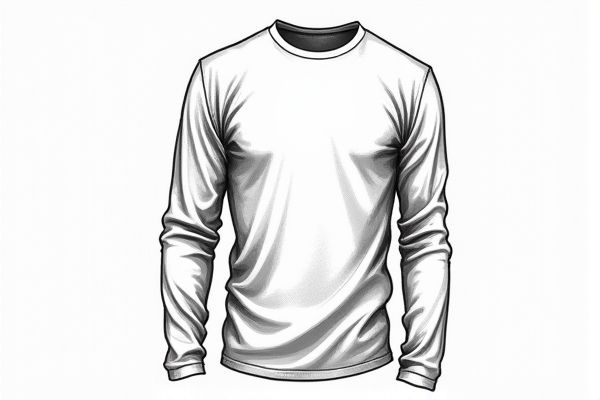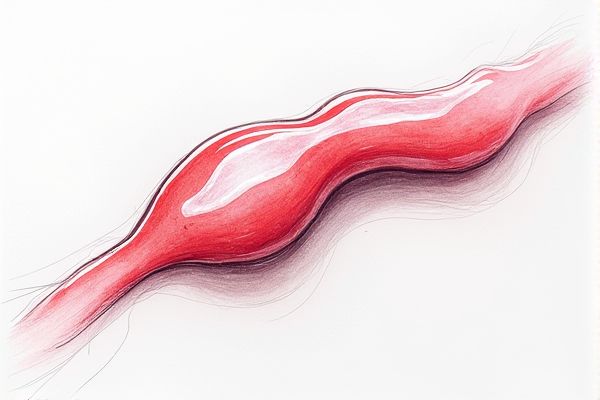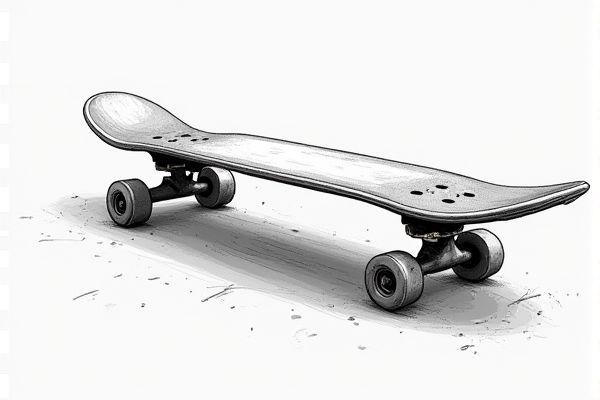Diuretics, commonly known as water pills, play a crucial role in treating conditions such as hypertension, edema, and certain kidney disorders by helping the body eliminate excess salt and water. With numerous brands available on the market, it can be challenging to choose the most effective and reliable options. Among the leading brands, some have consistently been recognized for their efficacy and trustworthiness in delivering desired results. To explore a comprehensive list of the best diuretic brands that healthcare professionals frequently recommend, read on below.

Illustration of diuretics
Best brands of diuretics in 2025
Lasix
Lasix, a brand name for furosemide, is a leading diuretic in the market, expected to grow at a CAGR of 4.1% from 2024 to 2033, with the global market size projected to reach USD 5.2 billion by 2033 from USD 3.5 billion in 2023. It is primarily used to manage conditions such as heart failure, hypertension, and edema associated with kidney and liver diseases. The increasing prevalence of cardiovascular diseases and the growing geriatric population are key drivers of the market. North America holds the largest share in the Lasix market, while Asia-Pacific is expected to witness rapid growth due to improving healthcare infrastructure. Leading players like Sanofi, Novartis, and Teva Pharmaceutical Industries dominate the market. Find more information about Lasix on its official drug information page.
Microzide
Microzide, a brand of hydrochlorothiazide, is a leading thiazide diuretic used to treat hypertension and edema, with over 20.9 million patients receiving HCTZ-containing prescriptions in the US in 2017. It is effective in reducing blood pressure by increasing urine flow, and its single-ingredient and 25 mg strength products account for a significant portion of the market. The hypertension segment, where Microzide is predominantly used, is estimated to account for 48% of the global thiazide diuretics market. The market for thiazide diuretics, including Microzide, is projected to grow at a CAGR of 7% from 2024 to 2036, reaching USD 234 million by the end of the forecast period. North America, where Microzide is widely used, holds the largest revenue share, with 45% of the market. For more information on hydrochlorothiazide, visit the Mayo Clinic's website.
Aldactone
Aldactone, marketed under the brand name for Spironolactone, is a highly effective potassium-sparing diuretic used to treat conditions such as heart failure, edema, hypertension, and hyperaldosteronism. First approved by the FDA in 1960, it works by blocking the effects of aldosterone, promoting sodium and water excretion while retaining potassium. This medication has been shown to reduce morbidity and mortality in patients with heart failure, particularly those with a left ventricular ejection fraction of less than 35%. It is also used off-label for conditions like acne, hirsutism, and female pattern hair loss due to its anti-androgenic properties. With over 12 million prescriptions in the United States in 2022, it remains a widely prescribed medication. For more detailed information, you can visit Aldactone on RXList.
Dyazide
Dyazide, a combination of the thiazide diuretic hydrochlorothiazide and the potassium-sparing diuretic triamterene, is a highly effective medication for managing hypertension and edema, particularly in patients at risk of hypokalemia. It is indicated for use in patients who require a thiazide diuretic and cannot risk developing hypokalemia. The usual dose is one or two capsules given once daily, with careful monitoring of serum potassium levels. Dyazide is often used as an adjunct to other antihypertensive drugs, such as beta-blockers, and its use is critical in managing hypertension, which affects over 48% of adults in the U.S. For more detailed information, visit the Dyazide page on RxList.
Bumex
Bumex (Bumetanide) is a leading brand in the diuretic market, known for its potent loop diuretic properties, particularly effective in managing edema associated with congestive heart failure, hepatic and renal disease, and nephrotic syndrome. With a diuretic potency equivalent to approximately 40 mg of furosemide per 1 mg of Bumex, it is a preferred choice among healthcare providers. The Bumetanide API market, which includes Bumex, is projected to grow from $450 million in 2023 to $850 million by 2033, with a CAGR of 6%. Bumex is available in 0.5 mg, 1 mg, and 2 mg tablets and requires careful medical supervision due to its potential for profound diuresis and electrolyte depletion. The increasing incidence of cardiovascular diseases and an aging population further drive the demand for Bumetanide. For more detailed information, refer to the official FDA label.
Zaroxolyn
Zaroxolyn, a brand name for Metolazone, is a highly effective thiazide-like diuretic used to treat edema associated with congestive heart failure and kidney diseases, as well as hypertension. It works by reducing water reabsorption in the kidneys, increasing urine volume, and lowering blood pressure. Metolazone remains active even in patients with moderate chronic kidney disease, where the glomerular filtration rate (GFR) is below 30-40 mL/min. It has a bioavailability of approximately 65% and an elimination half-life of 14 hours. Metolazone is available in doses of 2.5 to 20 mg once daily, depending on the condition being treated. For more detailed information about Zaroxolyn, visit the RxList website.
Thalitone
Thalitone (Chlorthalidone) is a highly effective diuretic medication, approved by the FDA in 1960, renowned for its long-acting antihypertensive and diuretic properties. It commences its diuretic action within 2.6 hours and continues for up to 72 hours, making it a preferred choice for managing hypertension and edema associated with various conditions. Chlorthalidone is characterized by its high bioavailability, with formulations providing 104% to 116% bioavailability relative to an oral solution. Approximately 75% of the drug is bound to plasma proteins, and it has a half-life of 40 to 60 hours. Studies, such as the ALLHAT trial, have shown that chlorthalidone reduces the risk of stroke, myocardial infarction, and heart failure more effectively than other antihypertensive agents. For more detailed information, you can view the official FDA label for Chlorthalidone.
Edecrin
Edecrin, the brand name for ethacrynic acid, is a highly effective loop diuretic used to treat edema in patients with congestive heart failure, liver disease, and kidney disorders. It is particularly valuable for patients with sulfonamide allergies, as it lacks the sulfonamide group present in other loop diuretics. Approved by the FDA in 1967, Edecrin is known for its rapid onset of action, with intravenous administration showing effects within 5 minutes and peak activity at 30 minutes. The drug is available in oral tablets of 25 mg and can be administered at doses of 50 to 200 mg daily. Its unique properties make it a preferred choice for managing flash pulmonary edema and treatment-resistant forms of edema. For more detailed information about Edecrin, visit the Ethacrynic Acid documentation on Drugs.com.
Demadex
Demadex (Torsemide) is a highly effective diuretic of the pyridine-sulfonylurea class, approved by the FDA in 1993, with a bioavailability of approximately 80% and an elimination half-life of about 3.5 hours. It is utilized to treat hypertension and reduce edema resulting from various conditions, including heart failure and hepatic cirrhosis. The drug is accessible in both oral and intravenous formulations, although certain strengths have been discontinued. Torsemide is characterized by its empirical formula C16H20N4O3S and a molecular weight of 348.43. Notably, it is absorbed with minimal first-pass metabolism, maintaining its diuretic activity even when taken with food. For more detailed information, visit the Demadex drug page on RxList.
Lozol
Lozol (Indapamide) is a prominent brand in the diuretics market, known for its effectiveness in treating hypertension and edema associated with congestive heart failure. It is characterized by its unique chemical structure, which includes a methylindoline and a sulfamoyl chlorobenzamide moiety, making it distinct from traditional thiazide diuretics. Indapamide has been shown to be superior to hydrochlorothiazide in lowering systolic blood pressure and reducing oxidative stress, with no associated glucose or lipid disturbances. The global indapamide market, driven by increasing incidences of hypertension, is expected to grow at a CAGR of over 2.0% during the forecast period. Major players like ANI Pharmaceuticals, Inc., and Krka Group contribute to the market's growth. For more information, you can visit the Lozol drug page.
















Leave a Reply
Your email address will not be published.